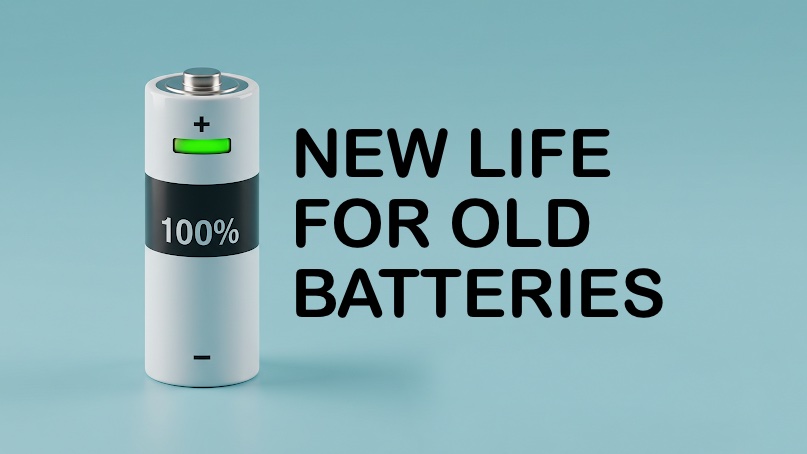In what might be the biggest battery recycling news of the decade, scientists in China found a way to achieve nearly 100% voltage recovery in worn-out lithium-ion batteries by precisely heating them to high temperatures while applying voltage. This has the potential for “rejuvenating aging batteries, making old electric vehicles like new,” according to the institute where the research was conducted.
This is exactly the sort of news one hopes for on Earth Day.
A battery recycling miracle?
Diamonds are forever, but batteries are not. Li-ion batteries in phones, laptops, etc., inevitably wear out. You can charge and rechare each one a limited number of times. That poses a real problem, because so much of the world runs on batteries, including virtually everything Apple makes. A new method of battery recycling could be a game changer.
To take you back to middle school science class, batteries consist of a cathode and an anode with electrons flowing between them. Today’s batteries include a lithium-rich cathode for increased efficiency. But the material deteriorates with use, including expanding so it becomes less efficient.
A team of scientists led by professor Liu Zhaoping at the Ningbo Institute of Materials Technology and Engineering (NIMTE) of the Chinese Academy of Sciences, in collaboration with researchers from the University of Chicago and other institutions, found a surprise fix. As described in a study published last week in Nature, the team discovered that lithium-rich layered oxide cathode materials exhibit negative thermal expansion — they contract when heated — at temperatures between 300 degrees and 480 degrees (150°C and 250°C).
The scientists next developed an electrochemical method to restore aged lithium-rich layered oxides from a structurally disordered, unstable state back to their original, ordered form.
That’s a surprise
As the NIMTE phrases it, discovering that cathodes in li-ion batteries contract when heated is “unusual behavior, contrary to conventional thermodynamic expectations” — which is putting it mildly. The conventional wisdom is that heat damages batteries, not fixes them. And in most situations, heat does damage batteries. Don’t stick your old iPhone in the oven hoping to rejuvenate it — it’ll explode, not return to its lost youth.
The battery recycling method created by Liu does more than heat the materials to restore the lattice structure of the cathode.
“When subjected to 4.0 V voltage pulses, the lattice structure was reconstructed, achieving nearly 100% voltage recovery,” notes NIMTE.
Taking the discovery from the lab to real-world use will require more research, of course. But the finding shows tremendous potential.
“This finding suggests that smart charging systems could restore materials from disordered states to ordered states in situ using electrochemical methods, potentially doubling battery lifespan,” said the institute.


